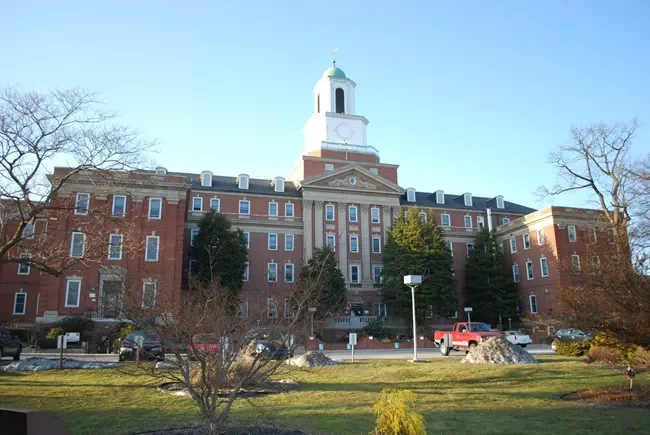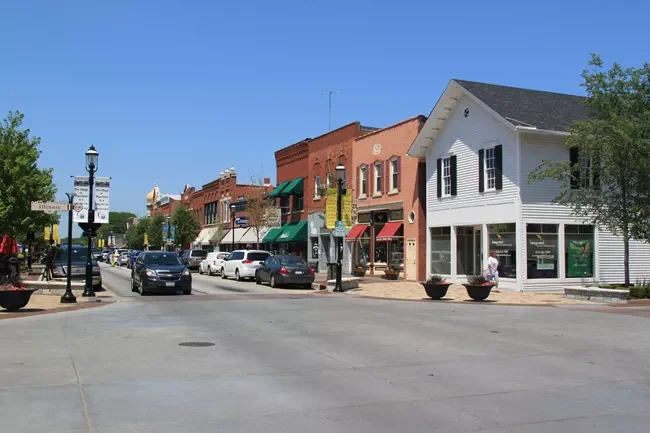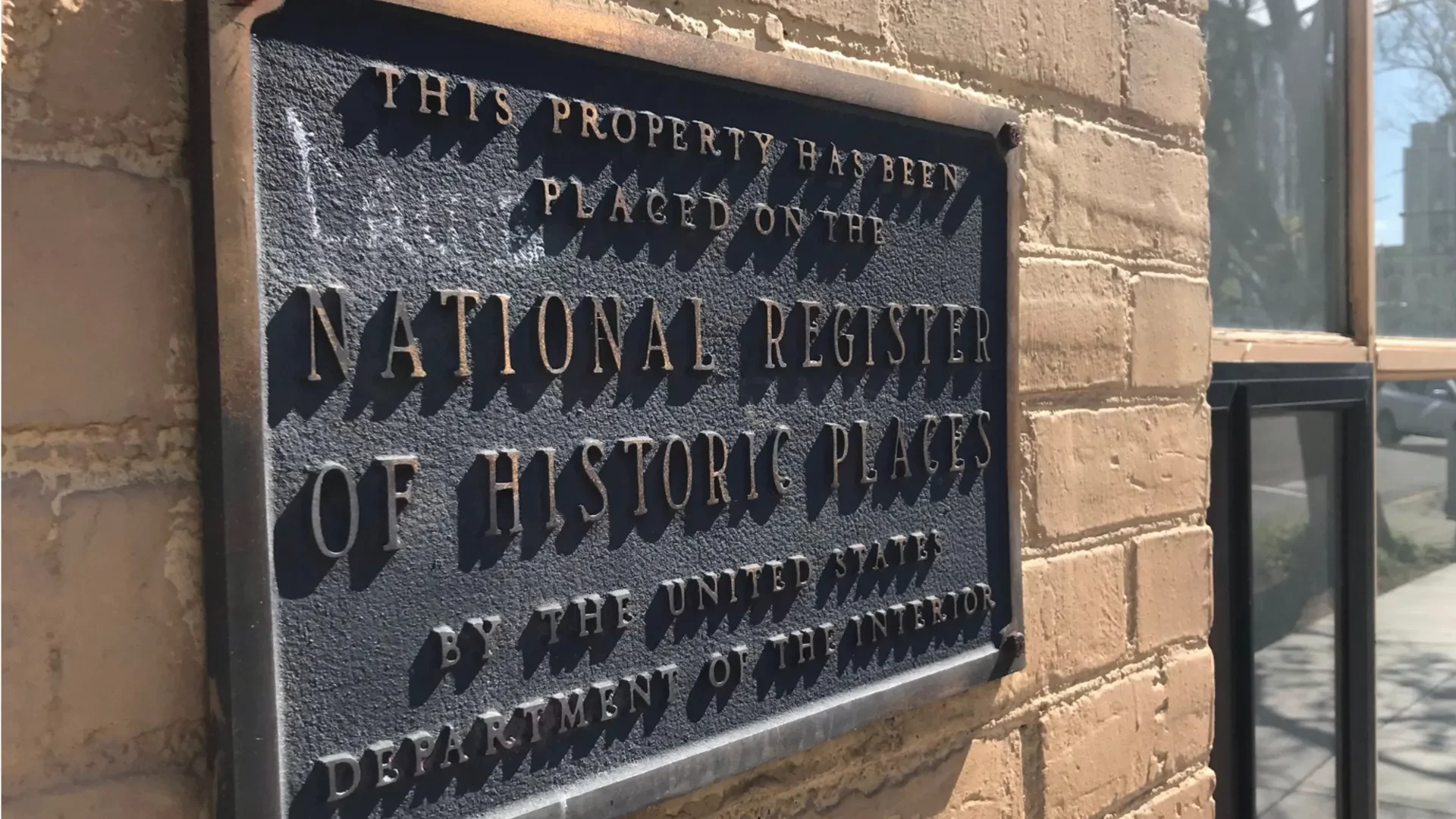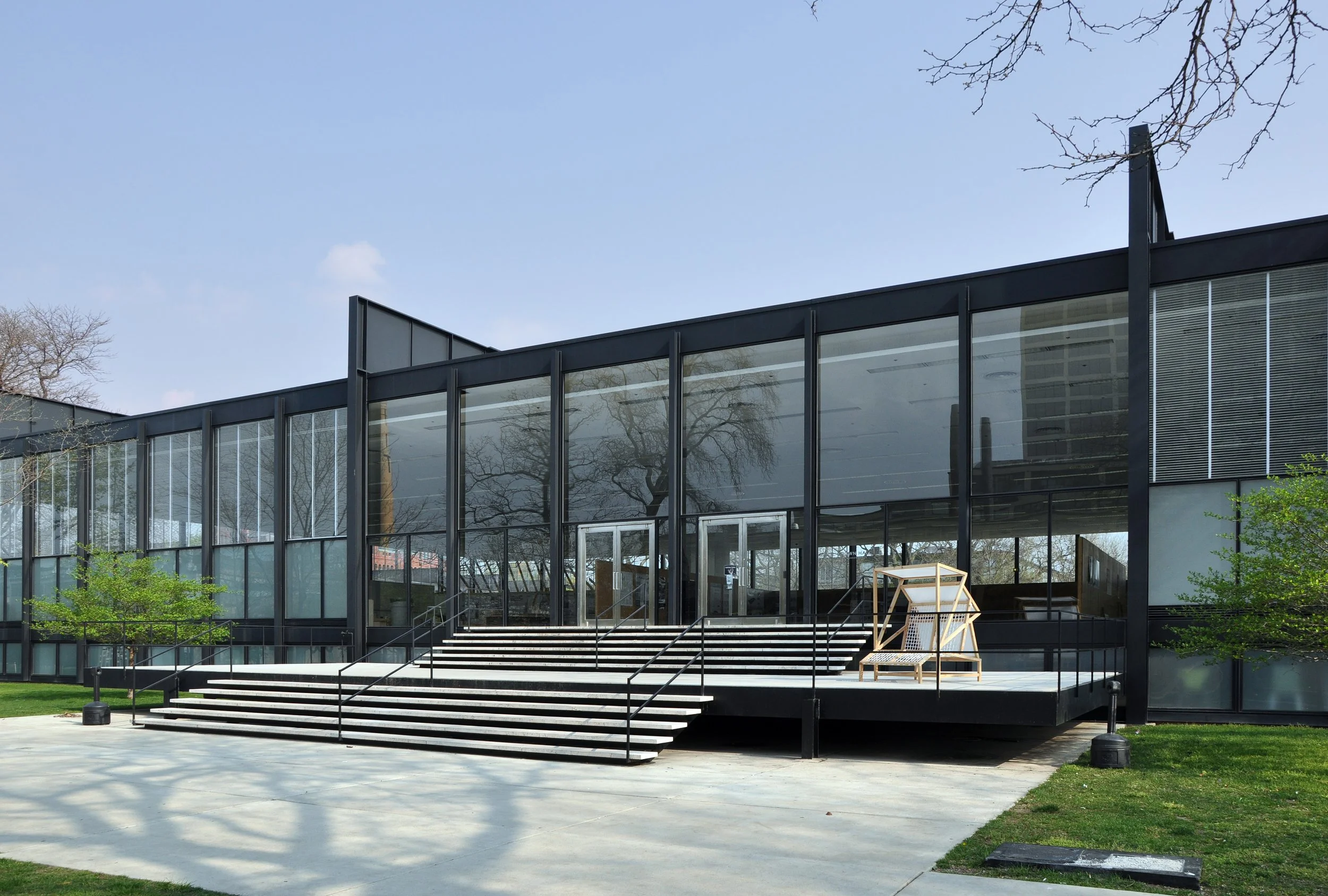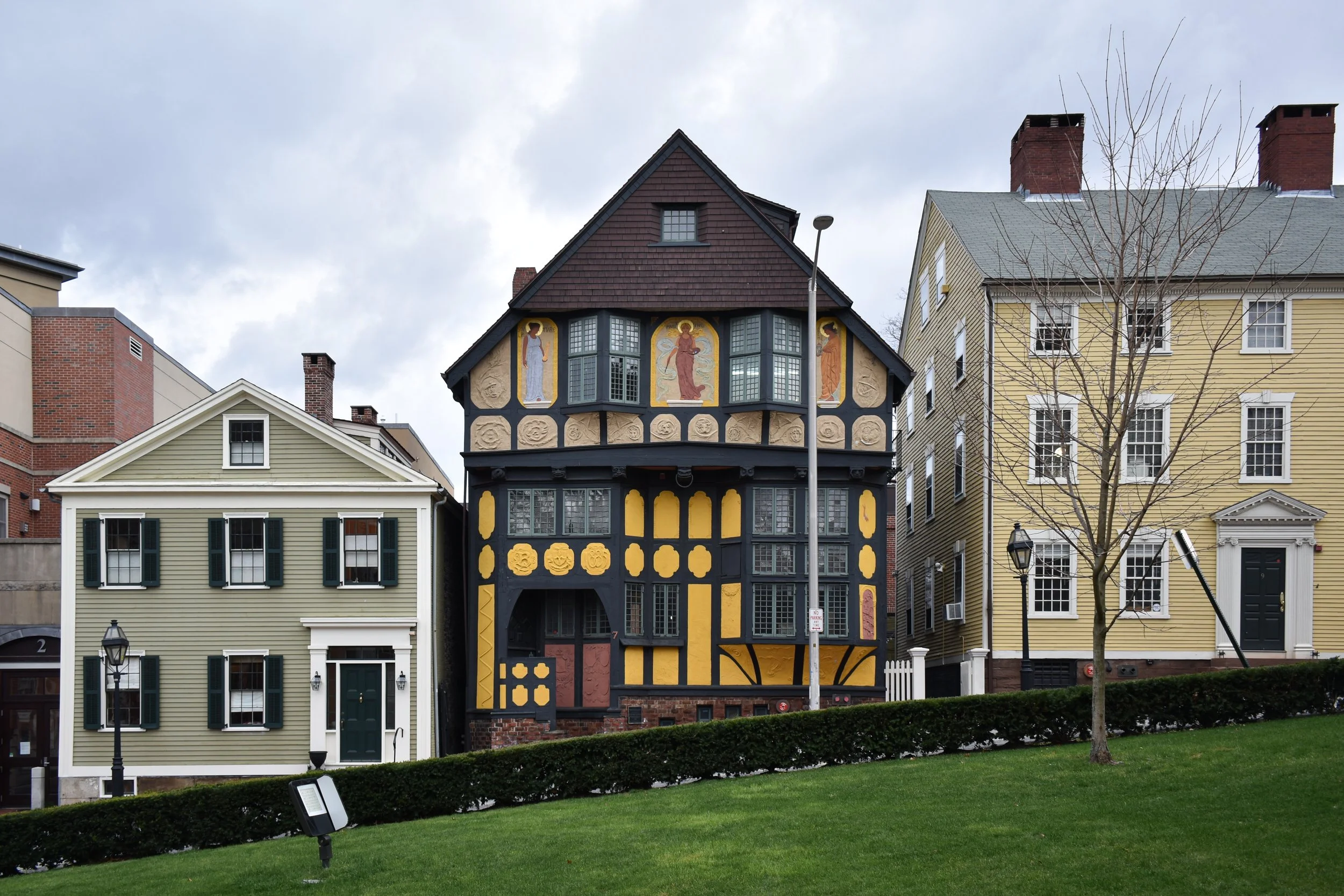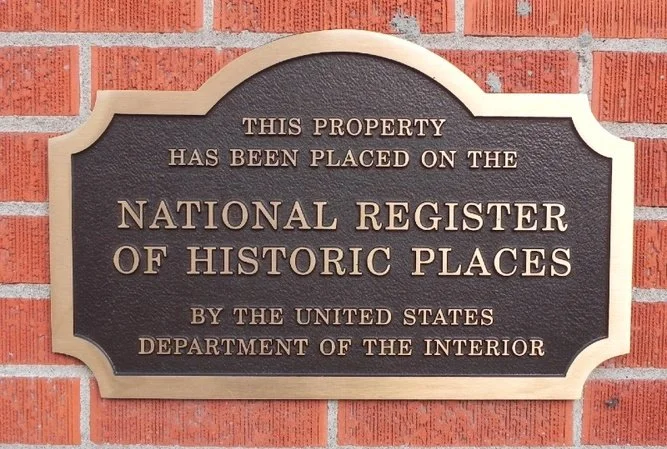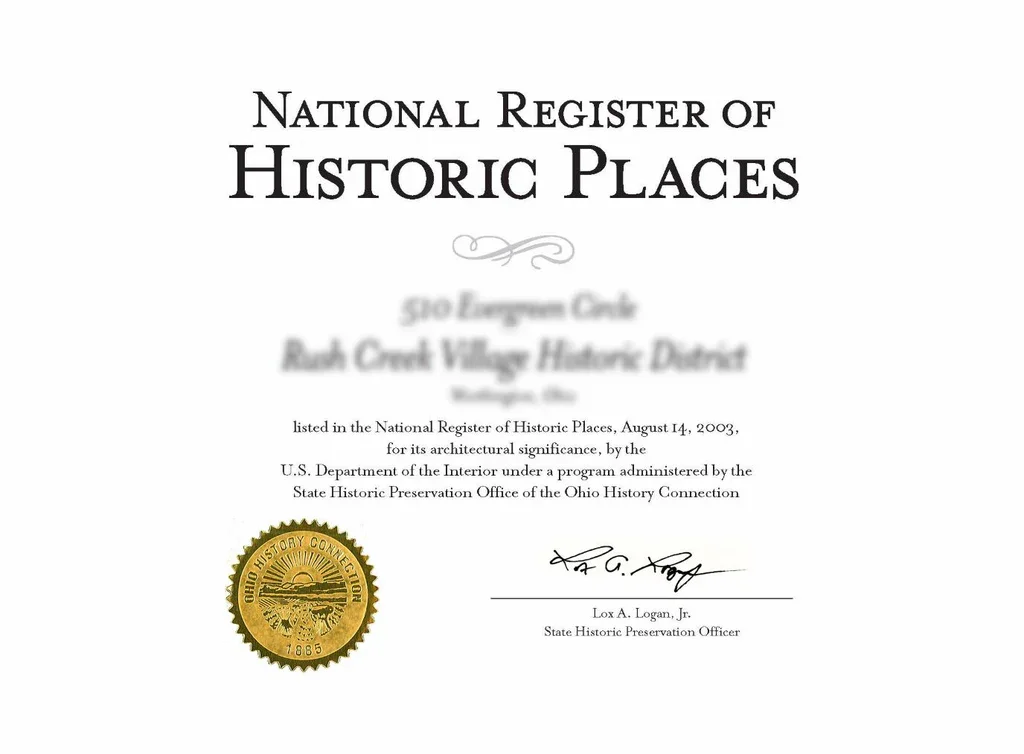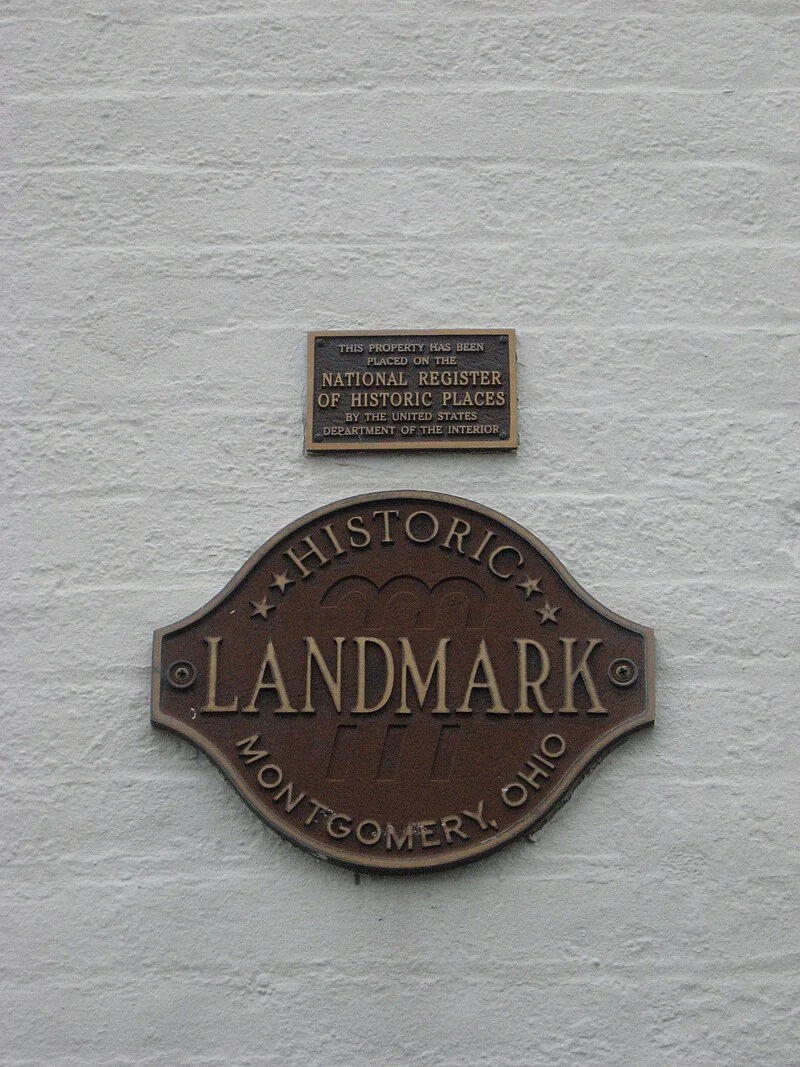From Legacy to Landmark: Why Does Historic Preservation Still Matter?
Authored by: Daniel B. Heukrath, AIA, NCARB, LEED AP
In a world racing toward the future, it is easy to overlook the quiet power of the past. But historic buildings, those weathered facades, ornate cornices, and timeworn bricks – are more than architectural relics. They are storytellers. They whisper tales of craftsmanship, community, and culture. They remind us of where we came from – and why that still matters.
What Makes a Building “Historic”?
Let’s bust a myth: “historic” doesn’t just mean old. A structure earns its historic status by embodying cultural, architectural, or educational value. It might be:
A symbol of local identity.
A site tied to significant events or people.
A masterpiece of design or engineering.
A contributor to a recognized Historic District.
These buildings are anchors in our collective memory. They give character to neighborhoods and continuity to communities.
The National Register of Historic Places: It’s More Than a Title.
The National Register of Historic Places (NRHP) is the United States’ official list of properties deemed worthy of preservation. But it’s not just a ceremonial nod—it’s a powerful tool for protecting and revitalizing historic sites.
Why is an NRHP Listing Important?
Financial Perks
Federal Historic Tax Credit: 20% credit for qualified rehab of income-producing properties.
State Incentives: Grants and matching tax credits vary by state.
Easement Donations: Tax deductions for donating preservation easements.
Recognition & Prestige
Boosts community pride.
Attracts tourism and heritage investment.
Protection from Federal Projects
Triggers Section 106 Review to mitigate adverse impacts from federally funded or permitted projects.
Access to Experts
Guidance from State Historic Preservation Offices (SHPOs) on repairs, materials, and best practices.
Property Value Stability
Historic designation often enhances or stabilizes property values.
Community Revitalization
Sparks neighborhood renewal and economic development.
Planning & Zoning Perks
Some localities offer zoning flexibility for adaptive reuse
How do you Get Your Property Listed?
Getting listed on the NRHP involves a structured process:
1 Check Eligibility
• Usually, 50+ years old
• Must meet one of four criteria (e.g., historical significance, architectural merit)
2 Contact Your SHPO
• They’ll guide you through forms, evaluations, and next steps.
3 Prepare a Nomination
• Includes detailed descriptions, significance statements, maps, and photos.
4 State Review
• A board of experts evaluates and votes on eligibility.
5 Federal Review
• The National Park Service makes the final call within 45 days.
6 Celebrate Your Listing
• If approved, the property is officially listed and published in the Federal Register.
What Else Should You Know?
Owner Consent: Required for private properties. If most owners object, listing is blocked—but eligibility may still be recognized.
No Restrictions on Private Use: Unless federal funding or permits are involved.
Benefits Outweigh Limitations: From tax credits to community pride, the upside is substantial.
Why Does this All Matter?
Preserving historic places isn’t about resisting change – it’s about enriching it.
These buildings are bridges between generations. They offer lessons, beauty, and a sense of place. And with the right tools, like NRHP listing, we can ensure they continue to inspire long into the future.


